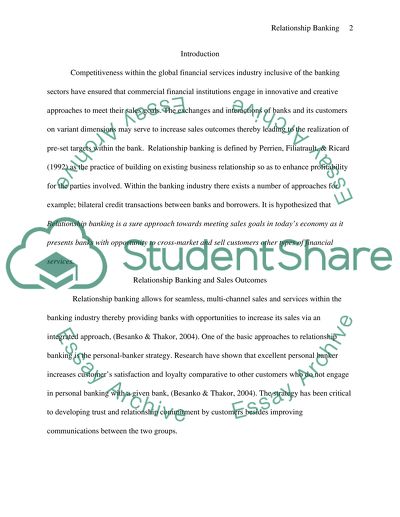Cite this document
(Relationship Banking: Meeting Sales Goals in Today's Economy Research Paper, n.d.)
Relationship Banking: Meeting Sales Goals in Today's Economy Research Paper. Retrieved from https://studentshare.org/macro-microeconomics/1558637-relationship-banking-meeting-sales-goals-in-todays-economy
Relationship Banking: Meeting Sales Goals in Today's Economy Research Paper. Retrieved from https://studentshare.org/macro-microeconomics/1558637-relationship-banking-meeting-sales-goals-in-todays-economy
(Relationship Banking: Meeting Sales Goals in Today'S Economy Research Paper)
Relationship Banking: Meeting Sales Goals in Today'S Economy Research Paper. https://studentshare.org/macro-microeconomics/1558637-relationship-banking-meeting-sales-goals-in-todays-economy.
Relationship Banking: Meeting Sales Goals in Today'S Economy Research Paper. https://studentshare.org/macro-microeconomics/1558637-relationship-banking-meeting-sales-goals-in-todays-economy.
“Relationship Banking: Meeting Sales Goals in Today'S Economy Research Paper”. https://studentshare.org/macro-microeconomics/1558637-relationship-banking-meeting-sales-goals-in-todays-economy.


